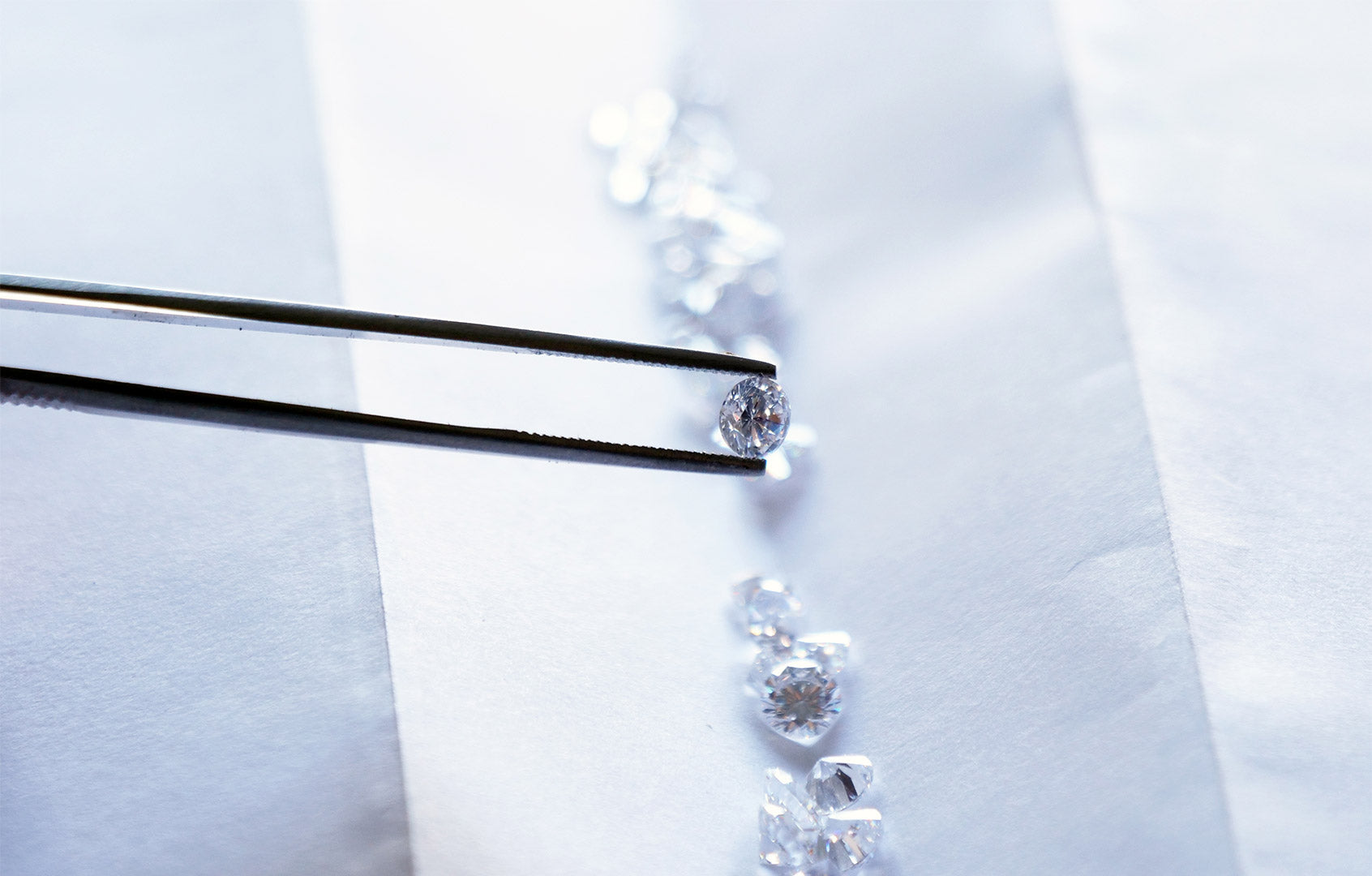In the world of luxury and elegance, diamonds have always held a special allure. They are not only symbols of eternal love and commitment but also investments in beauty and prestige. However, with advancements in technology and ethical considerations coming to the forefront, a new contender has entered the arena: lab-grown diamonds.
What are Lab Diamonds?
wwF and lab diamonds, also known as synthetic diamonds or man-made diamonds, are created in laboratories using advanced technological processes that simulate the natural conditions under which diamonds form in the Earth’s mantle. These diamonds exhibit the same physical, chemical, and optical properties as natural diamonds, making them indistinguishable to the naked eye.
The Appeal of Lab Diamonds
Quality and Purity
Lab diamonds offer exceptional quality and purity. They are created under controlled environments, ensuring minimal flaws and superior clarity compared to many natural diamonds. This predictability in quality allows for precise cutting and shaping, resulting in diamonds that often exceed the standards of their natural counterparts.
Ethical Considerations
One of the most significant advantages of lab diamonds is their ethical sourcing. Unlike natural diamonds, which can sometimes be associated with unethical mining practices, lab-grown diamonds are produced sustainably and without the environmental and social issues often linked to traditional diamond mining.
Certifications and Standards
Grading and Certification
Lab diamonds undergo the same rigorous grading processes as natural diamonds. Organizations like the Gemological Institute of America (GIA) provide certifications that detail the diamond’s cut, color, clarity, and carat weight. This ensures transparency and reliability, giving consumers confidence in their purchase.
Eco-Friendly Credentials
For environmentally conscious consumers, lab diamonds offer a compelling choice. The process of growing diamonds in a lab consumes less energy and produces fewer carbon emissions compared to mining. Additionally, it reduces the overall demand for mining, helping to conserve natural resources and minimize ecological impact.
Comparative Value
Cost Efficiency
While natural diamonds are priced based on rarity and market demand, lab-grown diamonds often come at a more affordable price point. This accessibility allows more individuals to enjoy the beauty and luxury of diamonds without compromising on quality or style.
Investment Potential
In recent years, lab made diamonds have gained recognition as viable investments. Their quality, coupled with increasing consumer acceptance and demand, positions them as assets with potential for appreciation over time. Investors and collectors alike are recognizing the value and growth prospects of these diamonds in the market.
Choosing Between Lab Diamonds and Natural Diamonds
Personal Preferences
Ultimately, the choice between lab diamonds and natural diamonds boils down to personal preferences and priorities. Some individuals value the tradition and natural origin of diamonds, while others prioritize ethical considerations, affordability, and quality consistency offered by lab-grown diamonds.
Customization and Design
Both types of diamonds offer extensive possibilities for customization and design. Whether you’re looking for a classic solitaire engagement ring or a modern, intricate jewelry piece, both natural and lab diamonds can be tailored to meet your specific aesthetic and design preferences.
Conclusion
In conclusion, the debate between lab-grown diamonds and natural diamonds is nuanced, with each offering unique advantages depending on your priorities. Whether you prioritize ethical considerations, quality, or investment potential, lab diamonds present a compelling alternative that meets the highest standards of excellence and sustainability.




